On our first morning in Tokyo, we hit the ground running. Anytime I am visiting a new city, especially one where I know I’ll be up early in the morning due to jetlag, I plan on visiting a public park! Most things are closed super early in the morning, but parks are the one thing that you can almost always count on to be open. That and coffee shops. So get a coffee to go and hop on over to your local park. And in Tokyo, my favourite park to explore is Ueno.
We had originally thought to take the subway over to Ueno park but seeing as the sun was shining and we weren’t in too much of a rush, we opted to walk all the way down to the park. It was still fairly early in the morning, and people were only starting to flood the streets. Shops were mostly closed, and even the towering department stores were empty and silent.
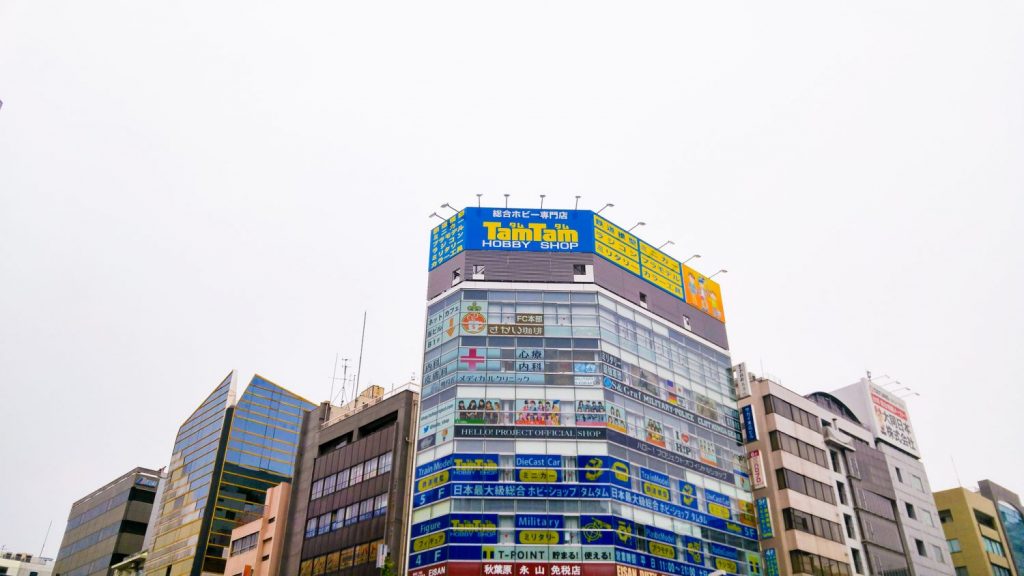
Waking up Early
Early morning is always one of my favourite times of day when travelling. There is something so unique about the city when it sleeps, and the sun has begun to rise. You can hear your footsteps on the road, the windchimes ringing far off in the distance. The clack of window shutters opening and the pitter-patter of children running off to school. As we moved from the main street to little alleyways, we felt like the city was all our own. We marvelled at the architecture. Tokyo is an “Alice in Wonderland” like the world; the new and the old fit together like perfect puzzle pieces to make the most of their small spaces.
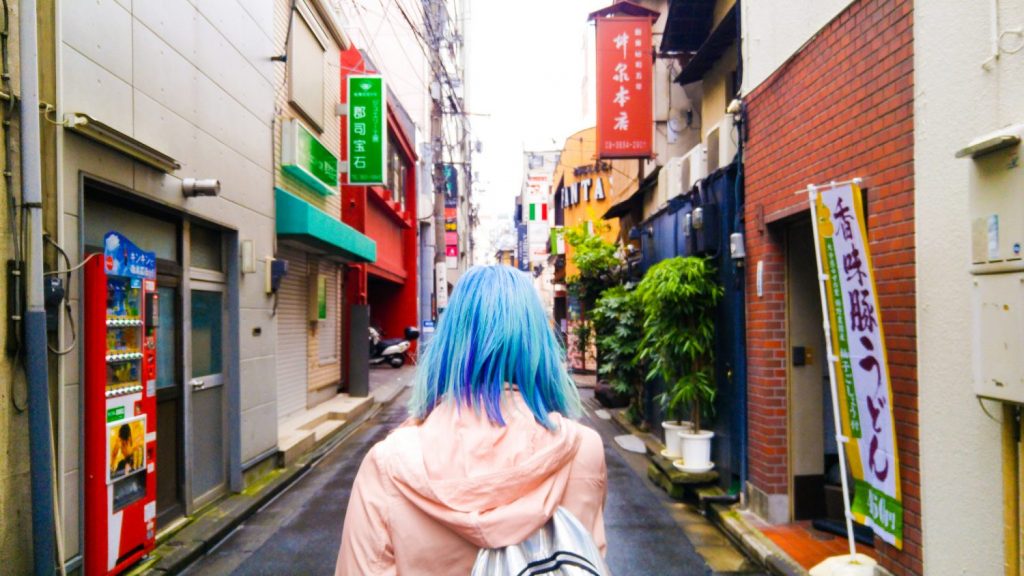
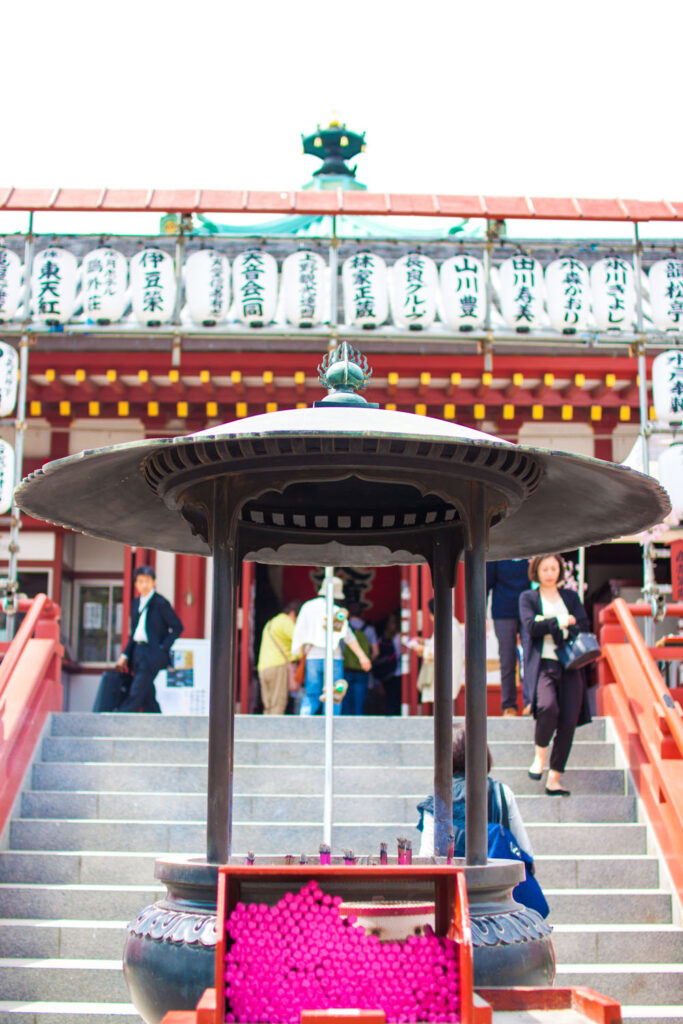
Shinobazu Pond
After a long walk, we arrived at Ueno Park. Although it hadn’t started to rain, the grey clouds had begun to dull the blue sky. We passed through the main gates and saw a sea of green lotus leaves glowing against that grey sky. We entered the park via the Shinobazu Pond. The pond is situated in Ueno Park’s south and is divided into three different areas.

Lotus Pond
The Lotus Pond, the Boat Pond and the Cormorant Pond. Several boardwalks across the Lotus pond seemed to disappear into the green masses as they trailed off. I hadn’t done much research on this area and was shocked at how massive this park was. Every little thing we saw along the way was a surprise. Throughout our tour, we would often pull up the Wikipedia page of the park to read up about the area we were standing in, trying to learn all about the marvels around us while exploring for ourselves.
Benten-do
At the end of the boardwalk, across the pond, stood a moderately tall temple with a bright teal roof and octagonal shell painted a brilliant red. This is a Benten-dō. A Benten-dō is an octagonal temple dedicated to Benten, the goddess of good fortune, wealth, music and knowledge.
Temples are the places of worship for Japanese Buddhists and often store and display sacred Buddhist objects. The roofs of these temples are almost always the most impressive part of the building. The intricate patterns of tiles create a rich texture, and intricate sculptures line the eaves, contrasting with the simple wooden structure below.
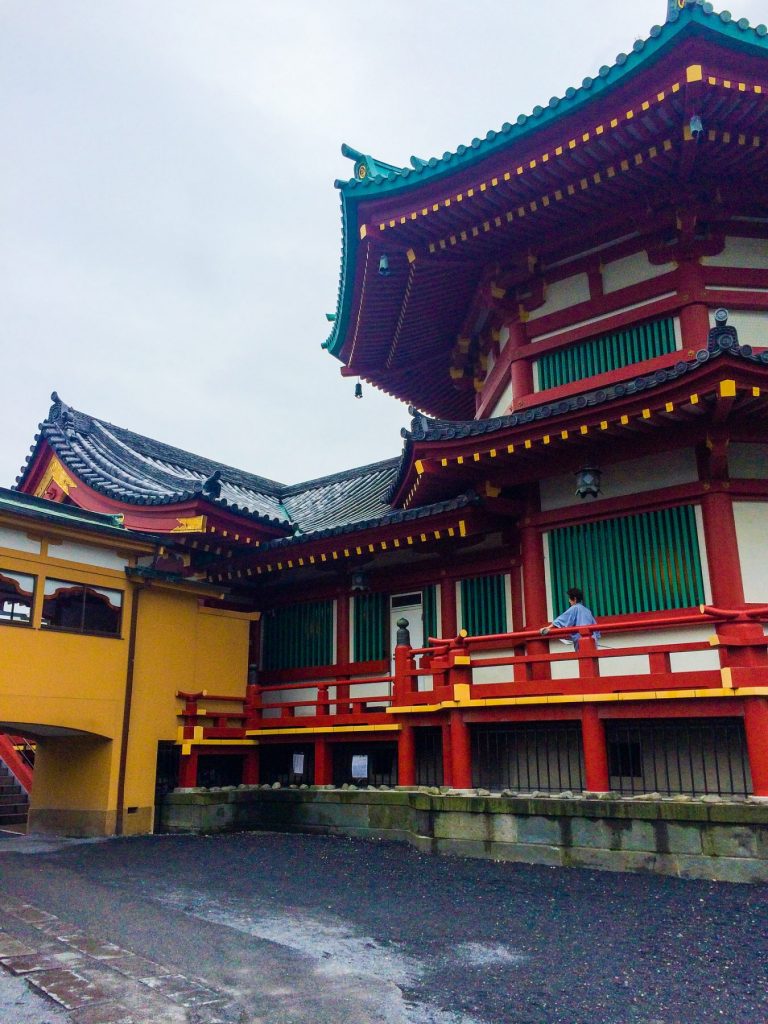
Flowers in Ueno
During the cherry blossom season, when many people pilgrimage to Tokyo to witness this natural phenomenon, festival food stalls crowd the pathways around the temple. Off-season, there are only a few run-down stalls selling traditional Japanese street food to locals and tourists alike. Although there weren’t any cherry blossoms on display, there were various bright purple flowers in bloom, dotting the green trees surrounding us. The entire park houses over 8,000 trees and is an arborist’s dream.

Prayers at the Temple
Several people were praying in front of the temple and lighting brightly coloured incense in front of the temple doors. Incense has been used in Buddism since the 6th century in Japan. It is often used to purify yourself before entering the temple for meditation. The smell permeated this entire park area and left you with a sense of overwhelming calm.

Ema
Outside the temple, there was a small shrine. Besides the Shrine, we saw a huge collection of wooden plaques. All with different pictures painted on one side and the over, covered in writing, written in Japanese, English and many other languages I couldn’t read. These are called Ema. These Ema are left for the gods to receive. Often ema will bear pictures which may reflect the wish or the god they are trying to reach out to.
The word ’ema’ means “picture horse.” This is because, long ago, people donated their horses to shrines to win favour with the gods. As time went on, this tradition was transferred to wooden plaques with horses painted on them. These days, you donate money to the Shrine to receive your chosen ema. People often use their ema wish for luck on an exam, a happy marriage, or even just to pray for a child. Depending on your type of wish, you can search for a shrine or temple that specializes in your wish.
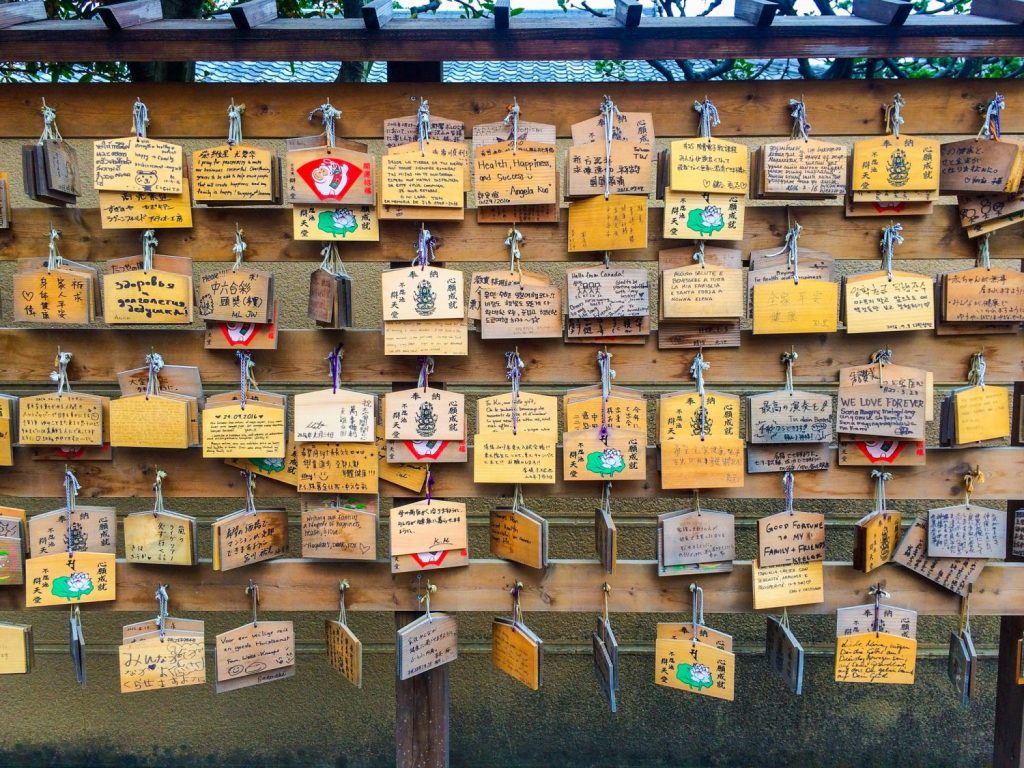
O-mikujis
Shrines also offer O-mikujis. O-mikujis means “the sacred lot” and are random fortunes written on pieces of paper housed in beautiful wooden drawers near the Shrine. There are various ways of receiving these fortunes. But often, they received it by shaking a metal container with different sticks inside until one stick came out a small hole at the top. You can then match the Kanji characters carved on the stick to the wooden drawers along the wall where your corresponding fortune will be found.
Your fortune will always be characterized by a type of blessing. These blessings range from; great blessings, small blessings, half blessings, ending blessings and even, god forbid, curses. In addition to blessings, your fortune will also contain a reference to an aspect of your life, ranging from topics such as; travel, lost articles, romantic relationships, disputes and business dealings. If the prediction is bad, you fold the paper into a thin strip and attach it to wires outside the shine. This is so that the “bad luck” will attach itself to the wire, not you. As such, you see masses of bad fortunes tied all over Shinto shrines throughout Japan.

Koi Pond
Outside the Benten-dō, we found a small koi pond, full to the brim with hungry koi. They seemed to form a carpet of fish scales as people threw bread into the water. In Japanese culture, koi fish are vital and incredibly symbolic. The koi are symbols of luck, prosperity, and good fortune, the perfect feature to have outside the temple to complete your fill of good luck.
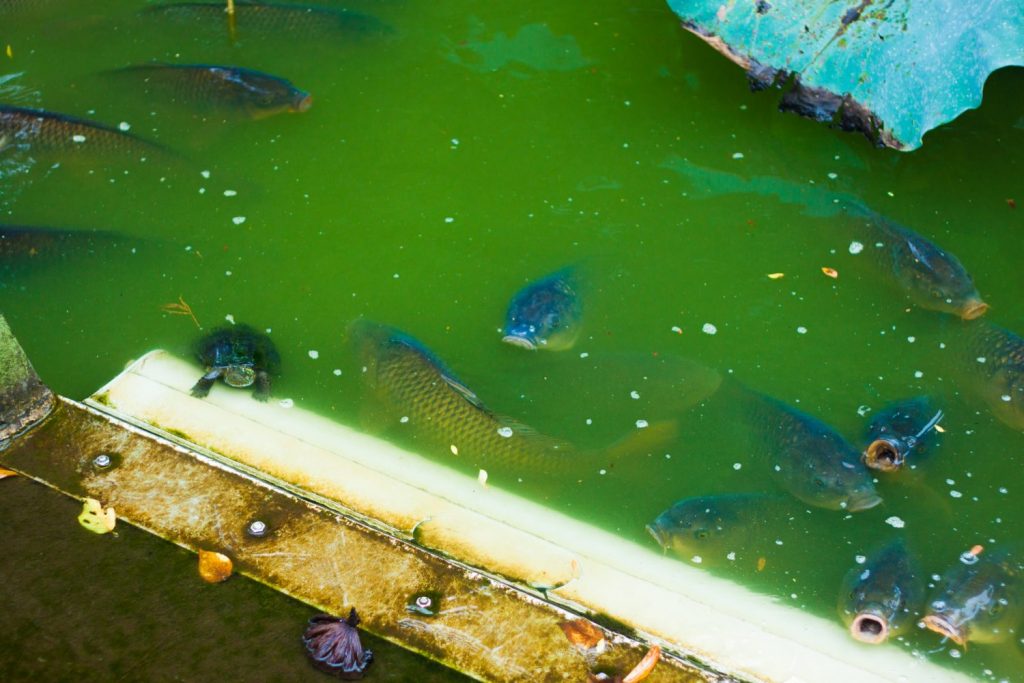
Duck Boats
Around the back of the Benten-dō is the Boat Pond. This body of water is home to brightly coloured duck boats and other small paddle boats available for rent in the warmer seasons. It was too early in the day when we arrived, and the rental place was still closed, but it would have been a lovely way to spend a few hours paddling around the pond.

As we go through the rest of the park, it’s important to take a moment to understand the difference between shrines and temples. We had no idea about going into the park and what the difference was, and we learned as much as we could as we went.

Shrines vs. Temples
Shrines are built for Shintoism; you worship different gods and goddesses here. Most shrines will almost always be preceded by a ‘torii’ gate. There will also be the water you use to cleanse yourself before entering. Shrines are often guarded by an animal statue so see if you can spot them. This is also the place for prayers of the living and the location for wedding ceremonies.
Temples, on the other hand, are built for Buddism and are the location for worshipping the great Buddha. To cleanse yourself before entering a temple, there will be incense at the front as the smoke has healing powers. Unlike shrines, temples are the place to pray for your afterlife and the location for funerals. It is where you go to commune with your ancestors. Temples and shrines are often placed right next to each other, so often it’s hard to tell them apart, but with these little tips, you’ll find clues to help you along the way as we did.

Kiyomizu Kannon Temple
After walking around the Bentendo, we continued on our way. We climbed the steep steps up to the Kiyomizu Kannon Temple. From the top of the stairs, you had the most fantastic view of the Bentendo below and the beautiful trees surrounding it. The first Kiyomizu Kannondo temple was built in 1631. Although fire and weather have destroyed the original temple, the one standing atop the hill now is a perfect replica of the same one people have worshipped at for ages past. Standing in the courtyard and on the deck, you feel like time has stopped. Nothing surrounds you but trees, and the outside world, full of technology, stress and troubles, seems so far away.
The Kiyomizu Kannondo temple is home to a relic of Kosodate Kannon, the goddess of conception. It is particularly popular among women hoping to have children. Many ladies come up these steps with their husbands, cheerfully smiling, hoping the goddess will bless them with their heart’s desire. Other women approach the temple with a more sullen look on their faces, as the goddess also is a protectress of children and many people come to pray for the return of the health of their sick child. Along the temple’s walls, you can see weather-worn dolls, which people leave as symbols of their children or the ones they wish to have. Every year on September 25th, a service is held for the dolls, and they are all burnt in an annual bonfire to give a new start to the prayers of the year.
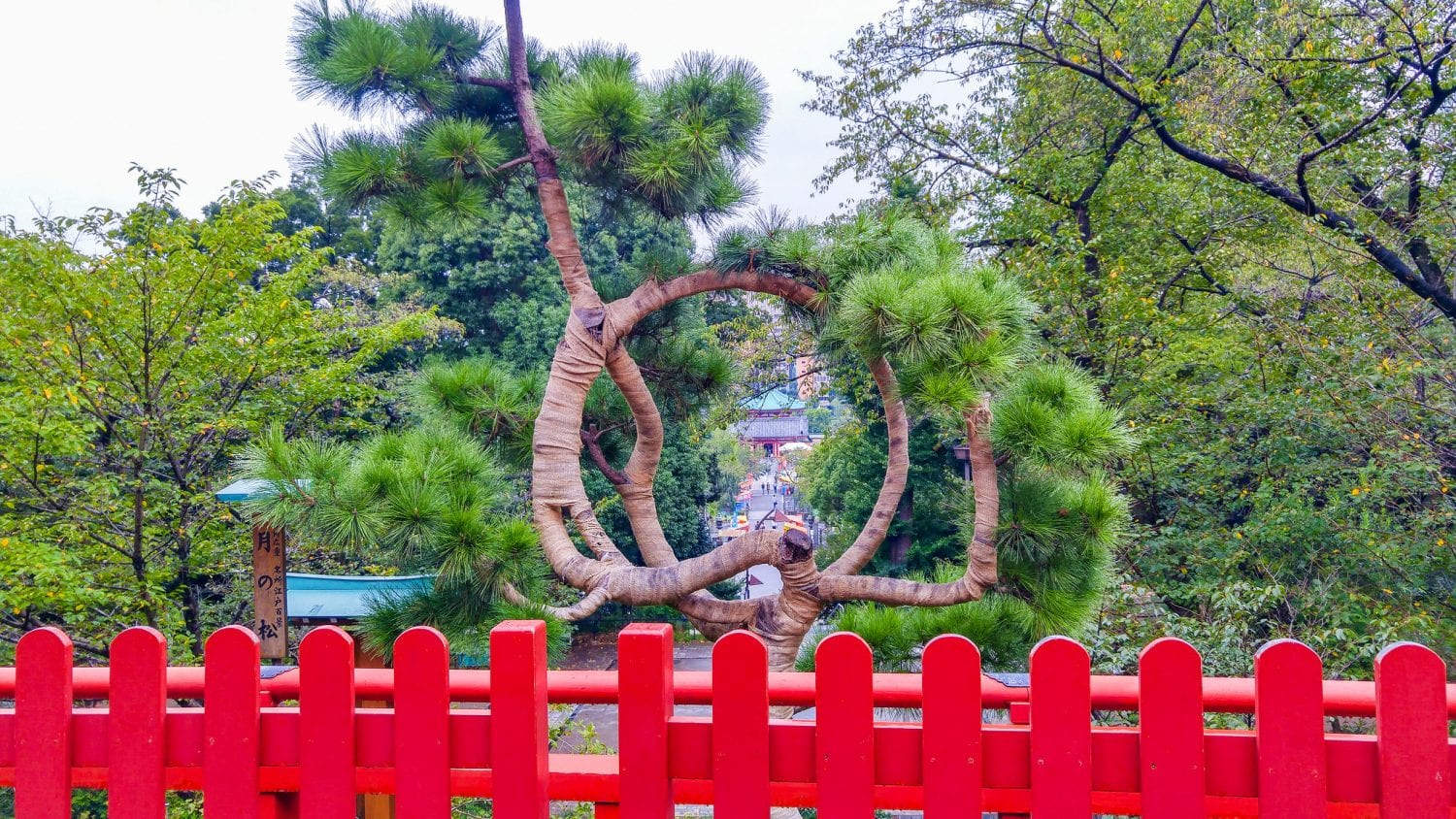
Dragon Fortunes
At this temple, we tried to receive a different kind of fortune. You put a coin into a machine operated by a dragon who would fetch your paper fortune for you with his mouth and spit it out in the receiving slot blow. We received the “great fortune” blessing! Lucky us 🙂
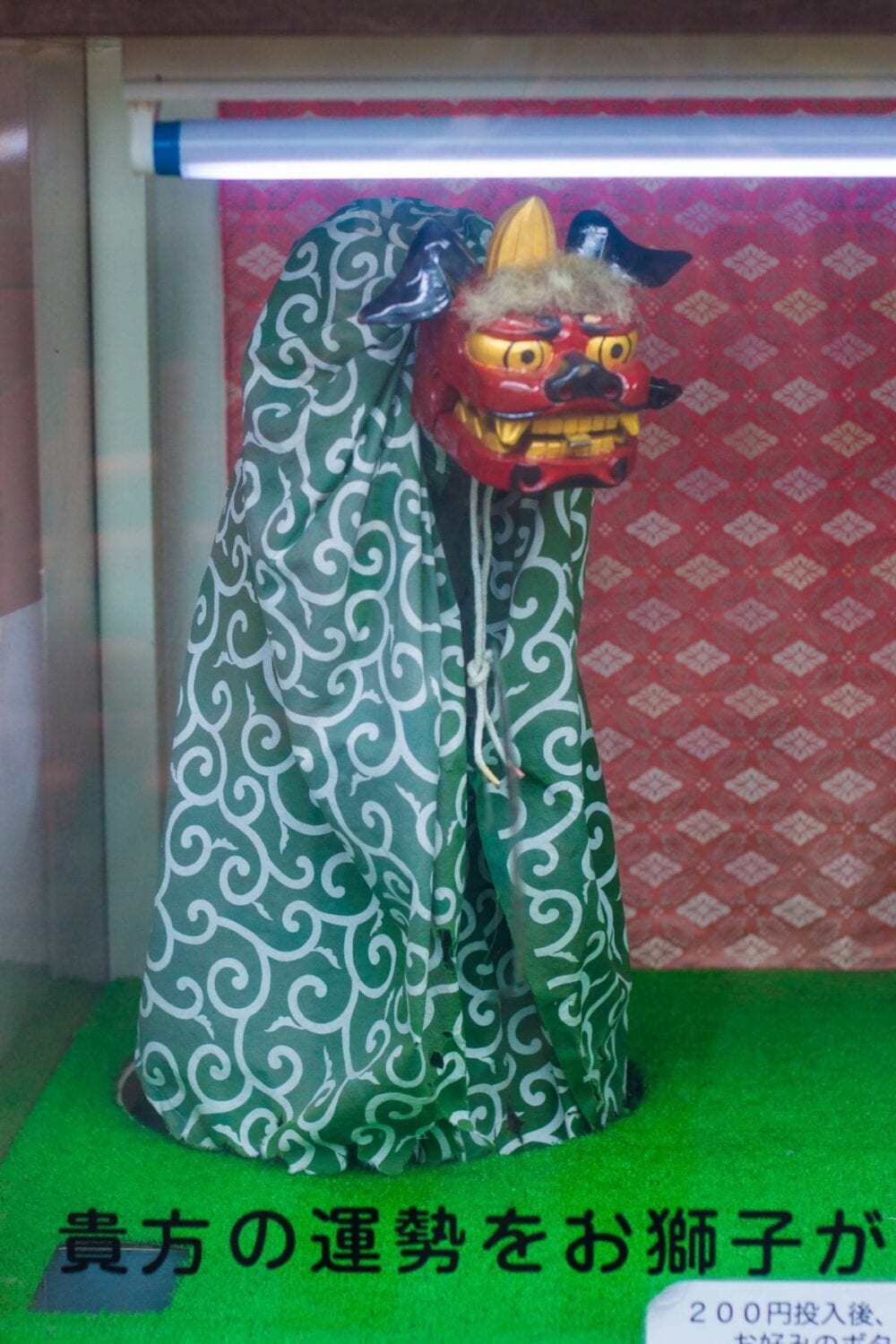
Torii Gates
We walked back down the stairs and strolled along the main pathway in the park towards a mass of Torii gates. A torii gate is commonly found at the entrance of a Shinto shrine, where it symbolically marks the transition from the mortal realm to the sacred realm.

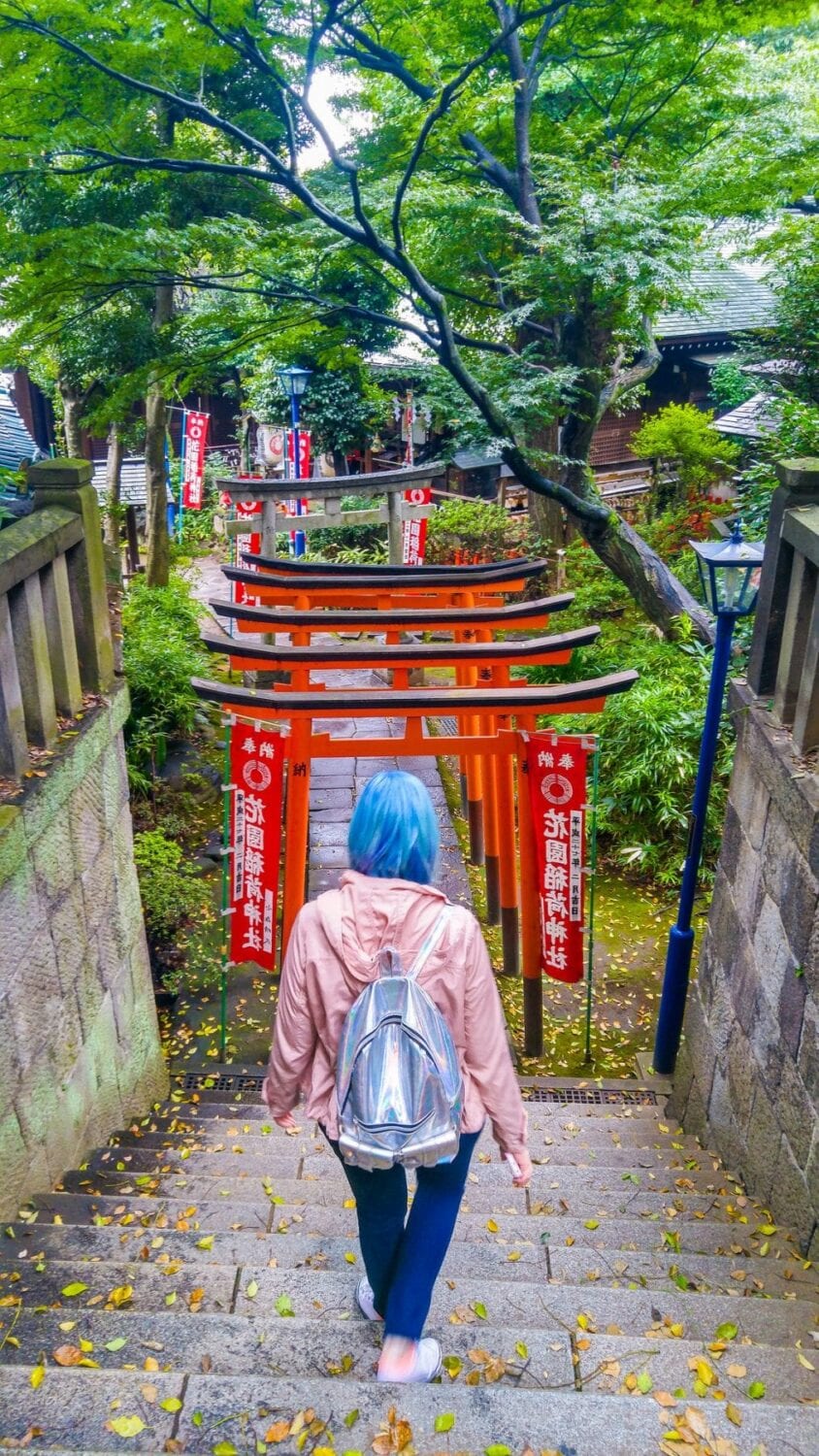
The brilliant vermillion colour you often see these gates painted with is used as the colour acts to block out magical powers and evil spirits. As we sauntered down the rows of bright vermillion gates, we saw various curious stone foxes with red scarves on either side of the Shrine.
These are called ‘Kitsune’ or fox spirits. These Kitsune are believed to possess superior intelligence, long life, and magical powers. They are also there to protect the shrines. Foxes in North America are often thought of as devious scoundrels. But in Japan, they are revered with the highest regard.

Tōshō-gū
We hopped down the steps from the torii gates into the upper Shrine of Tōshō-gū. These shrines were overgrown with leaves and vines. The trees seemed to blend into the wooden structure, making it seem all the more at once with its surroundings.
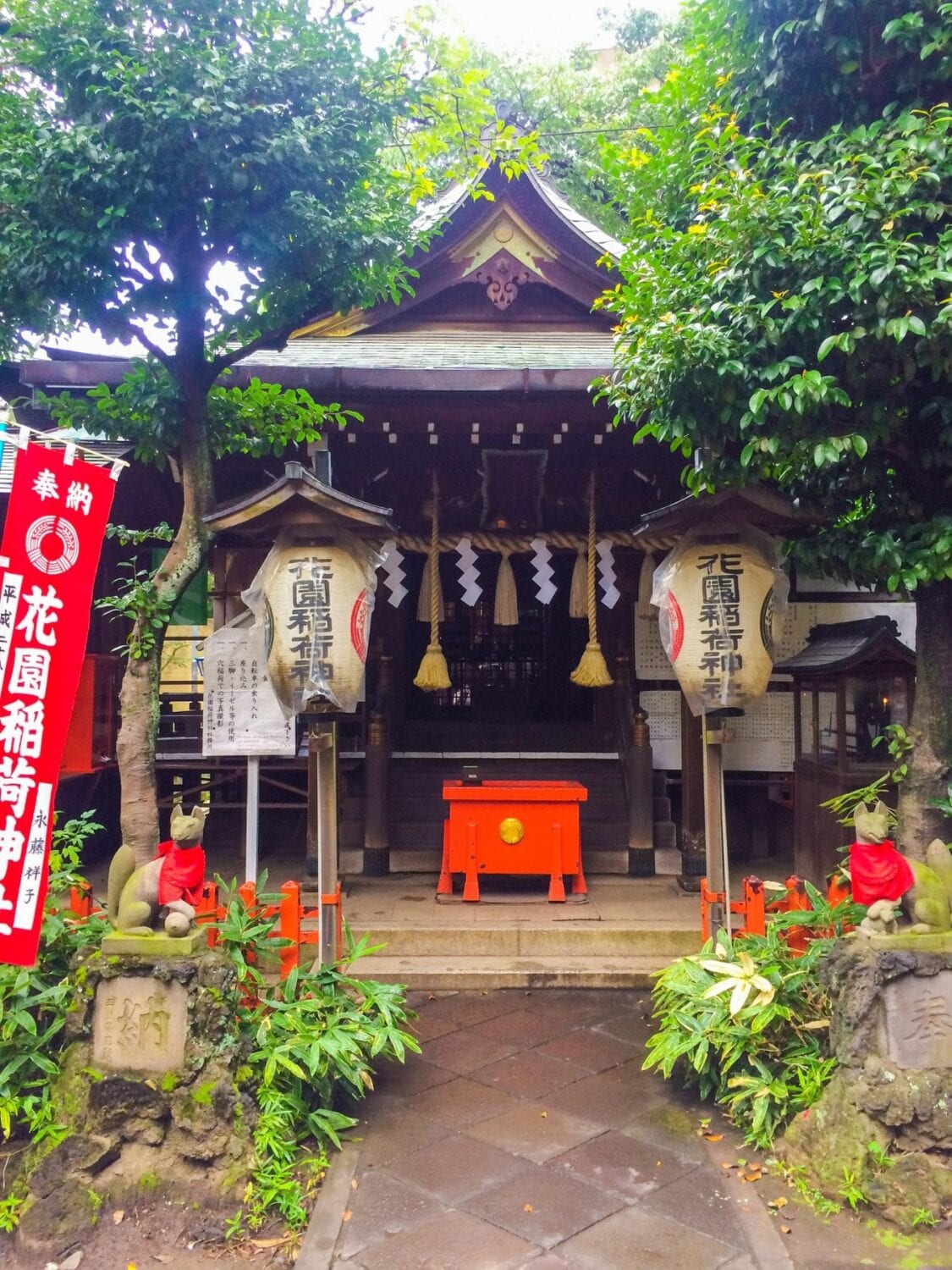
Next to the lower Shrine, we saw an old woman inside a small booth selling and hand painting the ema. Beside her were wooden rods which housed all of the completed wishes. They were piled on top of each other. Each one is tied with a different brightly coloured piece of string and decorated with their personal message.
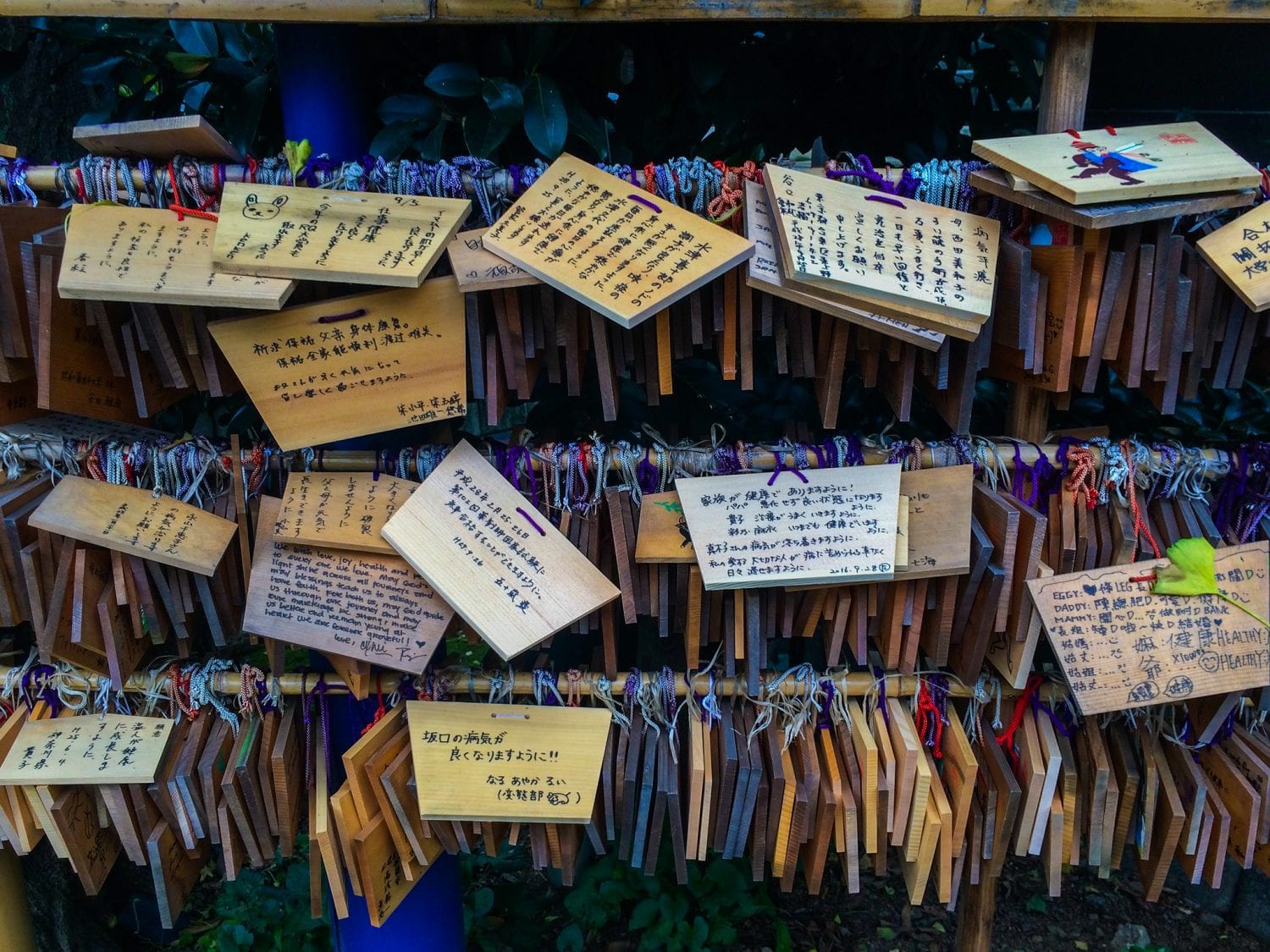
Hanami
Along the main road that winds throughout the park were rows upon rows of cherry blossom trees. It was the fall, and the trees had long since lost their petals, but even just seeing all these bare trees, you could imagine what it would all look like when they were in full bloom. There are over 1000 trees in the park. In April, they attract ‘hanami parties’ where locals come to celebrate and enjoy the incredible views.
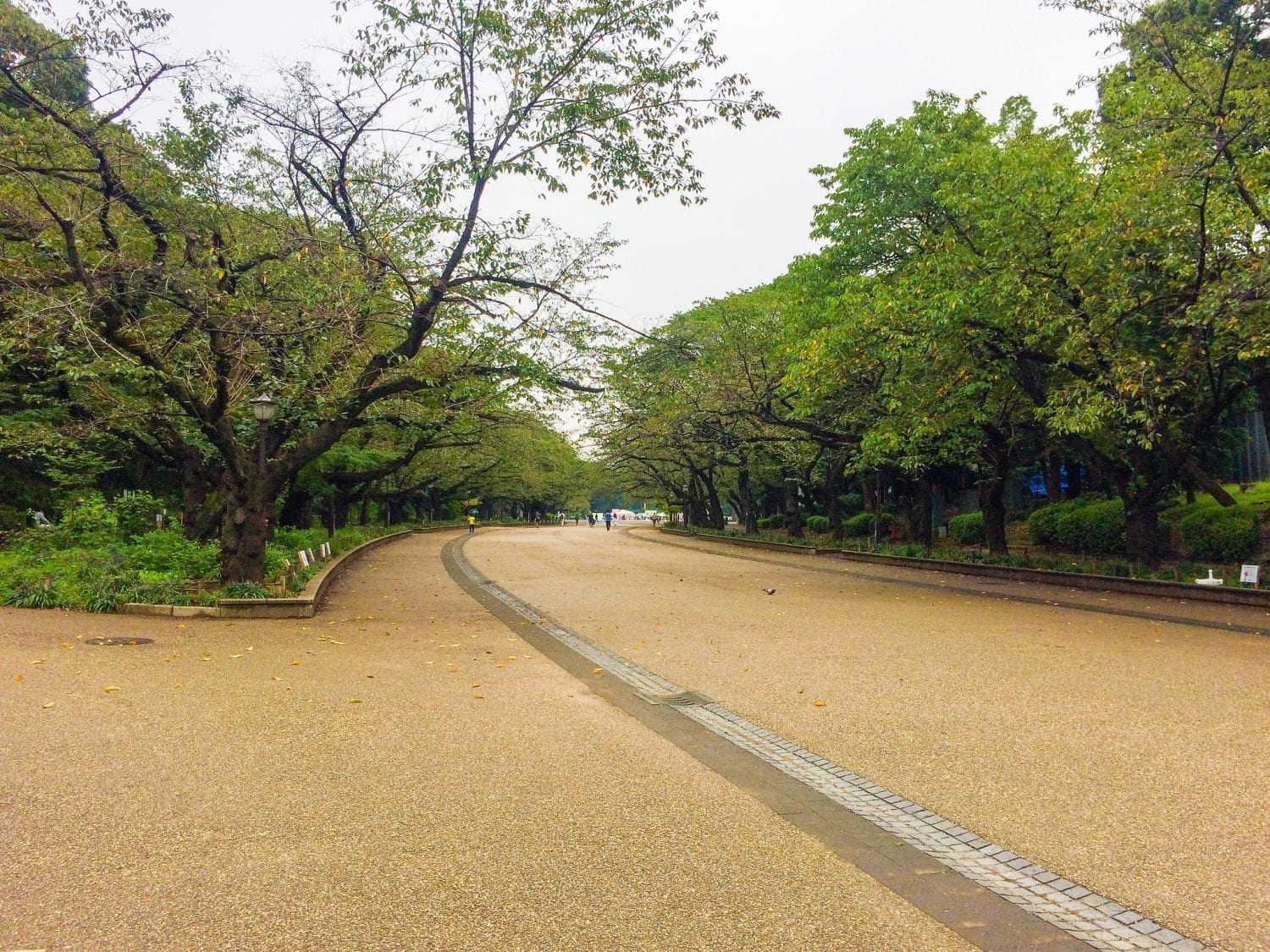
Even the manhole coverings in the park seemed to celebrate the cherry blossoms.
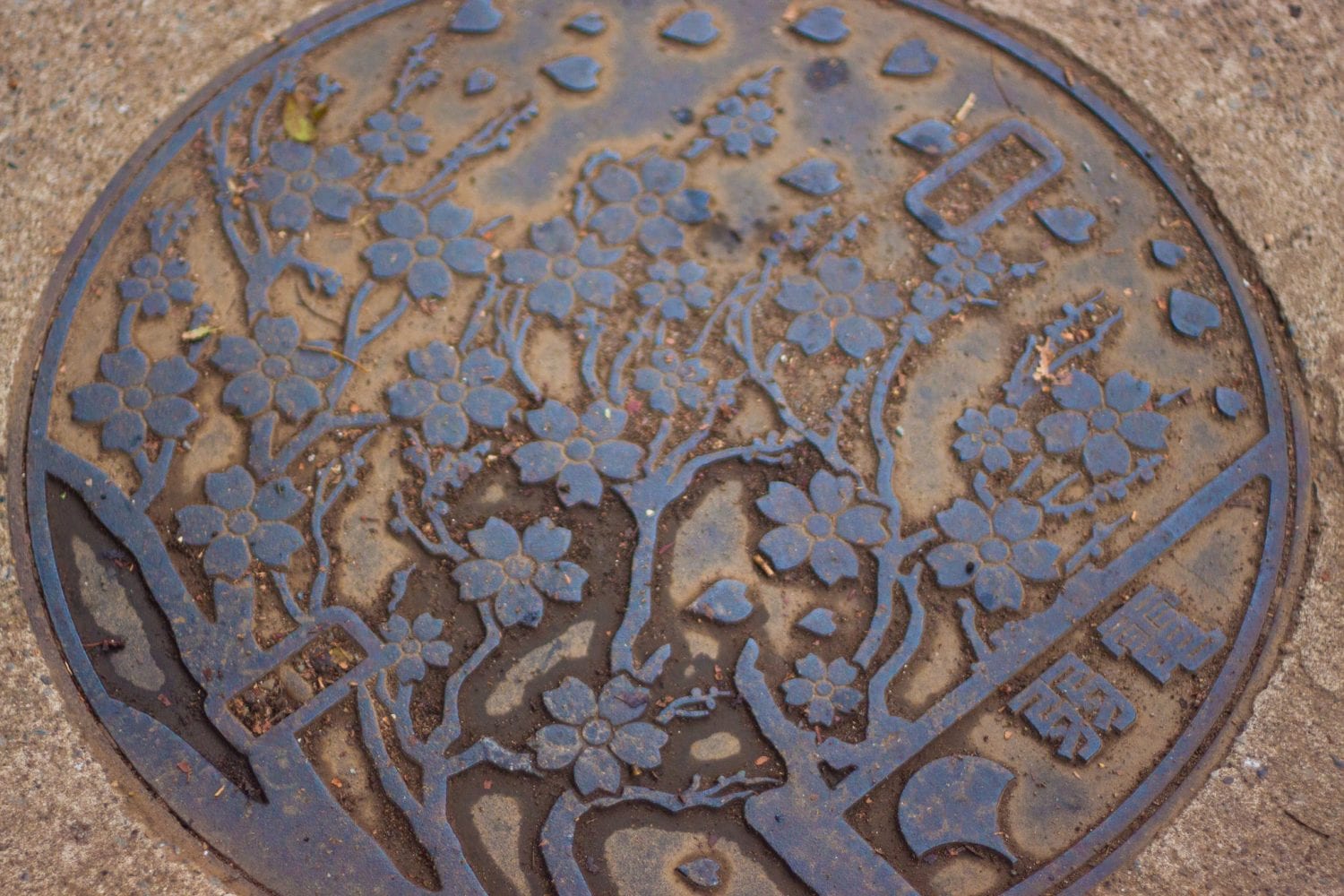
Ueno Daibutsu
One of the most interesting edifices in the park is the temple dedicated to the Ueno Daibutsu. The Ueno Daibutsu was a giant bronze Buddha statue from 1631 – 1923. Unfortunately, it was destroyed in the Great Tokyo Earthquake of 1923. If you can believe it, the remains were melted down to make bullets in WWII; today, all remains are the great Buddha’s face. People come from all over to see it. Outside the temple, the ema are all painted with the Ueno Daibutsu face, making for an orderly set of prayers, hung very neatly compared to the mass of wishes we saw in the Shrine previous.
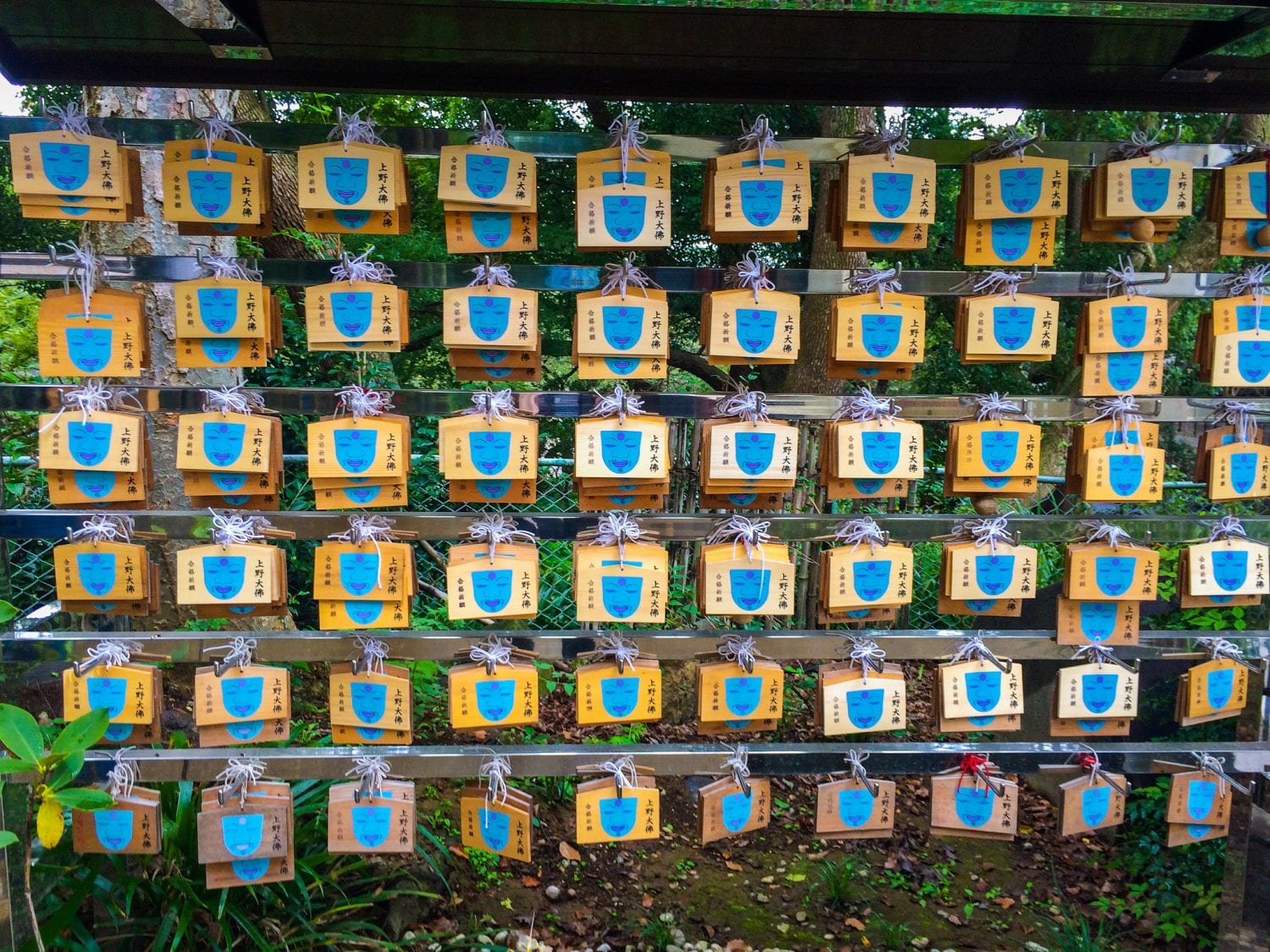
Along the path, we also passed by the statue of Prince Komatsu no Miya Akihito. The park has several statues of Imperial military leaders atop their horses. The figures, coloured teal as the copper ages, seemed to blend into the forest around them, making them harder to spot but see if you can find them all! They stand tall and proud, inviting guests into the land they helped retain.

Museums
Right behind where the art market was, is the National Art Gallery, fitting right? Ueno Park is famous for the many museums found on its grounds. There are the Tokyo National Museum, the National Museum of Western Art, the Tokyo Metropolitan Art Museum and the National Science Museum.

Ueno Zoo
The Ueno Zoo is located in the northernmost of the park. It is the oldest zoo in Japan, and despite its age, the design of the zoo is rather extraordinary. The habitats are designed to look like the animals natural habitat and blend in with the background of the rest of the zoo. This allows you to get up close to the animals.
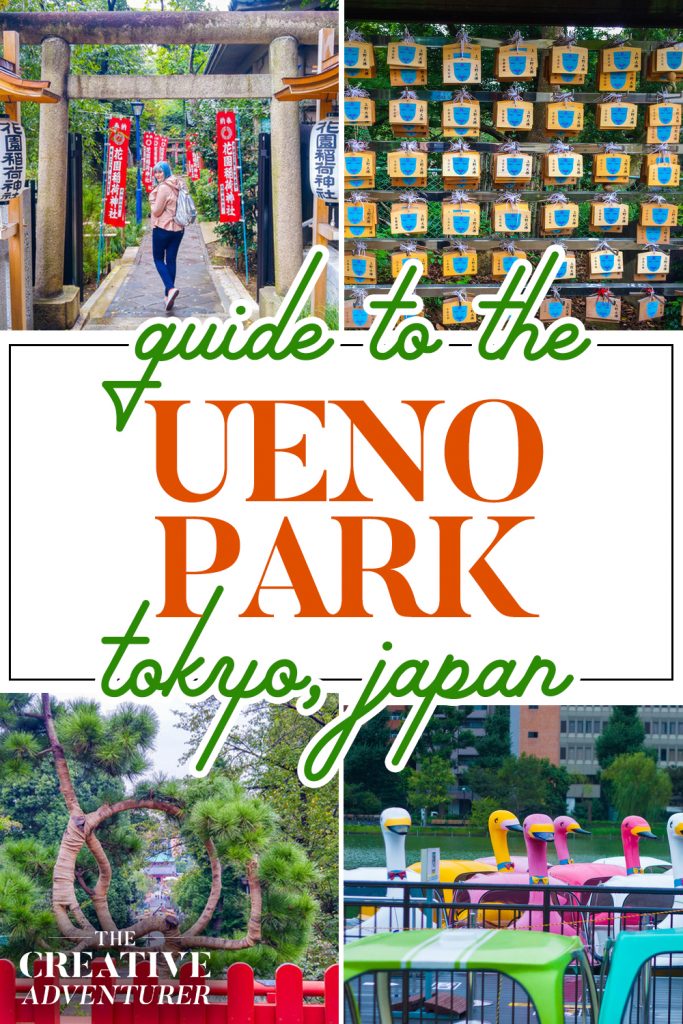


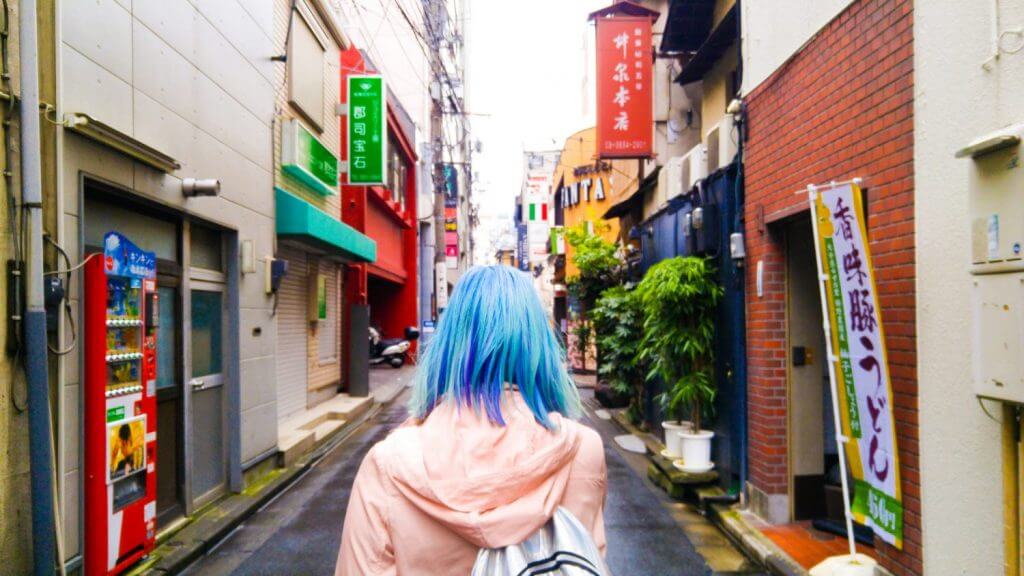
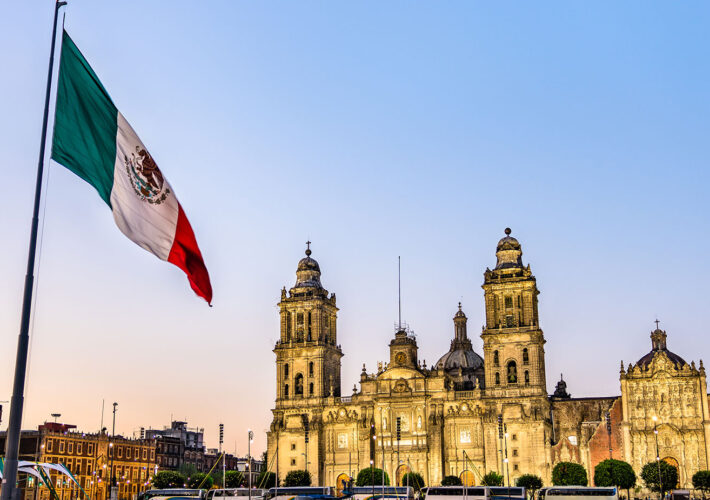
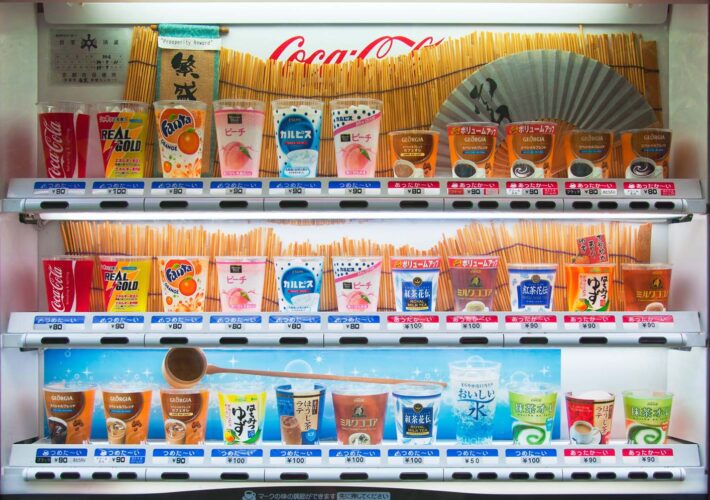
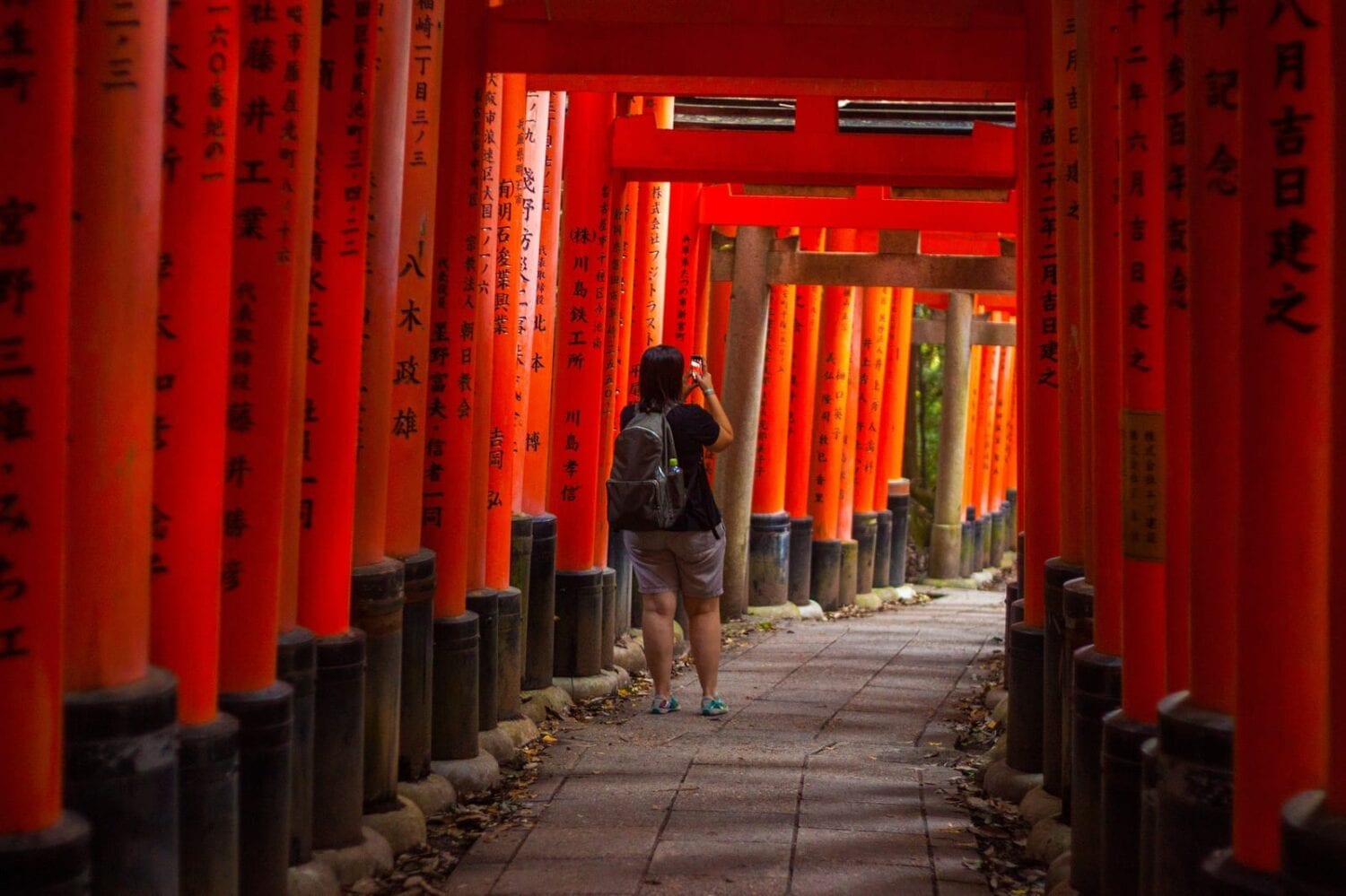
Leave a Comment